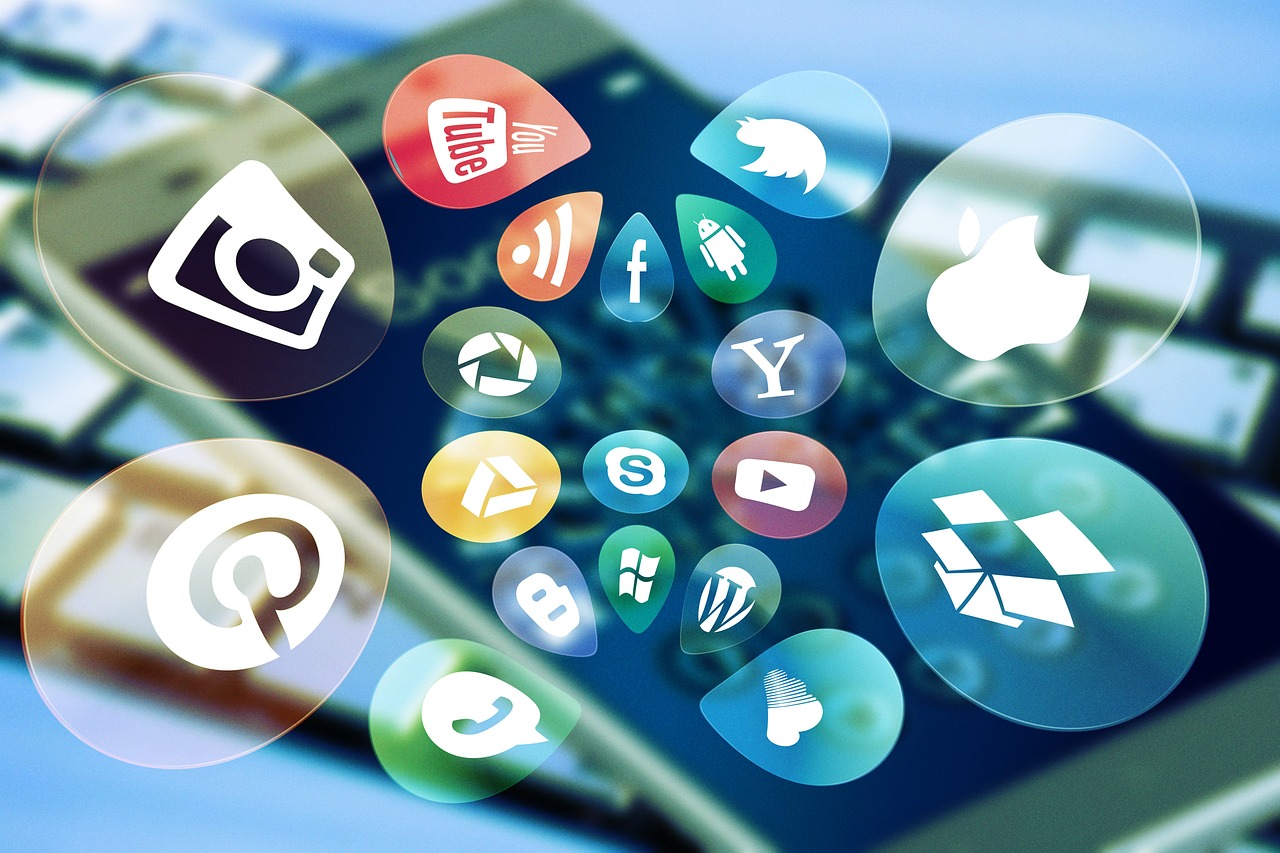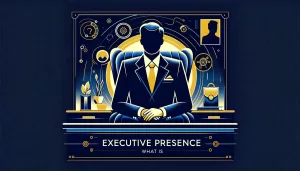Marketing can play a key role in boosting sales, enhancing brand image, and putting your business on the map, but it’s crucial to align with current tech marketing trends.
Outdated, stagnant strategies increase the risk of losing ground to competitors and failing to impress and excite customers. As technology advances, marketers and business owners can take advantage of incredible innovations to create new leads, sell products and services, improve customer experience and engagement and gain a competitive advantage.
In this guide, we’ll outline some top tech trends to help you supercharge your marketing strategy.
We’ll cover:
- Live chat and chatbots
- Voice search
- Social media marketing
- Augmented reality (AR)
- Data collection and analytics
Contents
Live chat and chatbots
Customer service and support are cornerstones of positive buyer experiences and glowing feedback.
If you’re on a mission to boost ratings and review scores, generate more leads and improve ROI, adding live chat to your website or online store is a fantastic idea. Chatbots and live chat services enable you to respond to queries, answer questions, offer advice and engage with customers 24 hours a day without a team of people in place to respond to emails or pick up the phone.
Live chat is a simple, effective way to reply to basic questions and point customers in the right direction if they need more information before ordering, paying or subscribing. It can also help you cater to ever-changing client and web user preferences and lower the risk of missing out on potential sales or deals.
A recent study by Tidio revealed that over 40% of consumers prefer live chat compared to 23% of people who favor email support.
If you’re not already using live chat or chatbots, research service providers, apps and features, compare costs and quotes, and learn more about how this interactive service could benefit your business. In many cases, it’s beneficial to run live chat or use chatbots alongside other customer support channels, such as phone helplines, email and social media.
This gives people options and it also enables customers to speak with trained members of staff if they don’t get the information or advice they need via live chat or their query is more complex or sensitive.

Voice search
Voice search has grown in popularity in the last five years.
Statista data shows that 75% of households will own at least one voice-activated device or smart speaker by the end of 2025. Voice searches offer an array of benefits for users, including speed, convenience and the ability to ask questions and gather information without holding a tablet or a smartphone. It takes seconds to get the data you need and find contact details or links to useful sites or apps if you’re searching for products or information about businesses or brands.
Catering to customers who prefer to use voice search rather than entering queries or search terms and keywords into a search engine is a brilliant way to diversify your marketing strategy, capitalize on new ways for customers to find your business, embrace evolving trends and make it easier for clients to access products and services.
Top tips to optimize content for voice search include using a clear structure that features headings and subheadings, providing succinct, direct answers to popular questions and aiming for the featured snippets on Google’s first page.
The most common reasons people use voice search rather than text search include finding the contact details for local businesses, accessing answers to queries and gathering facts.
Research from Demand Sage shows that 50% of adults use voice search at least once a day.
Social media marketing
Social media marketing is not a new trend, but it continues to gather pace.
As tech evolves and social media platforms diversify, marketing teams and company owners can benefit from new features and marketing methods, capitalize on emerging trends and set their businesses apart. One of the most significant trends within the realms of social media marketing is the stratospheric rise of video content. While posts that feature images and text are still popular and impactful, video content generates more shares and interactions and it’s also more memorable.
Platforms like YouTube and Instagram provide golden opportunities for brands to connect with buyers, use slick, targeted video content to market products and services and reach new audiences.
Video content is shared more than 1,200 times more than text and images combined on social media. YouTube now has more than 2.4 billion active users per month and figures are rising. Within this huge number of users, there are over 100 million paying subscribers. In 2024, the average user spent 48 minutes watching videos every day.
YouTube uses ads to target interested buyers, provides options in terms of viewing channels and devices and offers opportunities for businesses to engage with new and existing followers and customers.
To benefit from YouTube advertising and brand promotion, it’s crucial to understand how to stand out and attract attention. More than 3 million videos are uploaded each day. Your goal is to lure your ideal customer in, encourage them to watch your content and explore more videos, and buy products, subscribe or visit your website or other social media profiles.
Generating catchy titles is a great place to start. A punchy, distinctive title leads to more clicks.
In the age of clickbait, it’s more important than ever to impress, excite and intrigue readers and viewers from the outset. If you’re struggling for ingenious ideas or flashes of creative brilliance, you can use a YouTube title generator to help you conjure up headlines that will get your video noticed.
Once you’ve got the title pinned down, structure your content using a clear, accessible format, focus on quality, make sure your brand messaging is consistent, use keywords in tags and meta descriptions and always cater to your target audience.
Instagram is another hugely popular platform for video marketing.
The ‘Stories’ feature has revolutionized the way brands showcase and promote products and services and interact with customers old and new. Stories, which are short clips, are ideal for quick and easy product demos, behind-the-scenes content, promos and giveaways, interactive polls and user-generated videos and images. If you’re using Instagram to share videos, make sure your content is top-quality, encourage users to share your content, post regularly, promote and facilitate interaction, and maintain a consistent visual identity.
Your followers should be able to tell the content they’re viewing belongs to your brand without seeing a logo or account ID.

AR (Augmented Reality)
AR is an increasingly common feature of marketing campaigns and sales drives, particularly among retailers and brands that sell products.
From beauty and cosmetics to furniture, there are many ways to use AR to increase sales, attract buyers and provide a more memorable and unique customer experience. Adding AR to your marketing strategy enables you to create interactive experiences that go beyond conventional advertising techniques, encourage users to think about and view how products would work for them and enhance customer satisfaction rates. Furniture retailers, for example, can offer virtual services, which enable shoppers to see pieces in their living spaces.
This gives them an accurate idea of how new furniture would fit in their homes, increasing the chances of sales and lowering the risk of returns while providing customers with a fun, insightful and unforgettable shopping experience.
Studies show that AR encourages around 50% of consumers to spend more.
Data collection and analytics
Businesses have used analytics for several years to help them shape strategies and develop new and improved campaigns, but today, it’s possible to collect more data than ever before, evaluate huge datasets using AI (Artificial Intelligence) and dive deeper into what customers want.
AI technology is a game-changer when it comes to collecting and analyzing data to enhance and modernize marketing strategies. Thanks to AI, you can now do everything from identifying patterns in vast datasets to organizing AI-generated focus groups. AI software and tools work rapidly to provide marketers with accurate data, which they can then use to streamline strategies, impress target clients, maximize ROI, and enhance relationships with customers and prospective buyers.
Utilizing modern data collection techniques and analytics tools enables businesses to identify the best ways to market products and services, capture and respond to customer feedback, ideas, opinions and preferences, and identify and address issues, problems and pain points.
If you have access to cutting-edge analytics, you can also use targeted metrics and information to get ahead of your competitors. To take advantage of analytics, it’s critical to outline key metrics that align with your business goals and campaign objectives. It’s wise to focus on useful information and prioritize quality, accuracy and relevancy over quantity.
Highlight your priorities and targets before you decide which metrics to analyze, monitor and track.

Ready to leverate these tech marketing trends?
Technology has an increasingly significant influence on marketing campaigns and strategies.
As technology advances, there are new opportunities to promote and advertise products and services, engage with customers and make your brand stand out. If you’re looking for innovative ways to optimize your marketing strategy in 2025, embracing technology, researching new trends and catering to consumer preferences can help you increase sales and ROI, enhance customer experience and blaze a trail to beat the competition.
To develop your strategy, it’s beneficial to analyze current and previous campaigns, evaluate data and research tools, platforms and features.
It’s also advisable to learn more about emerging trends within your industry, collect feedback from your customers and carry out extensive market research.





